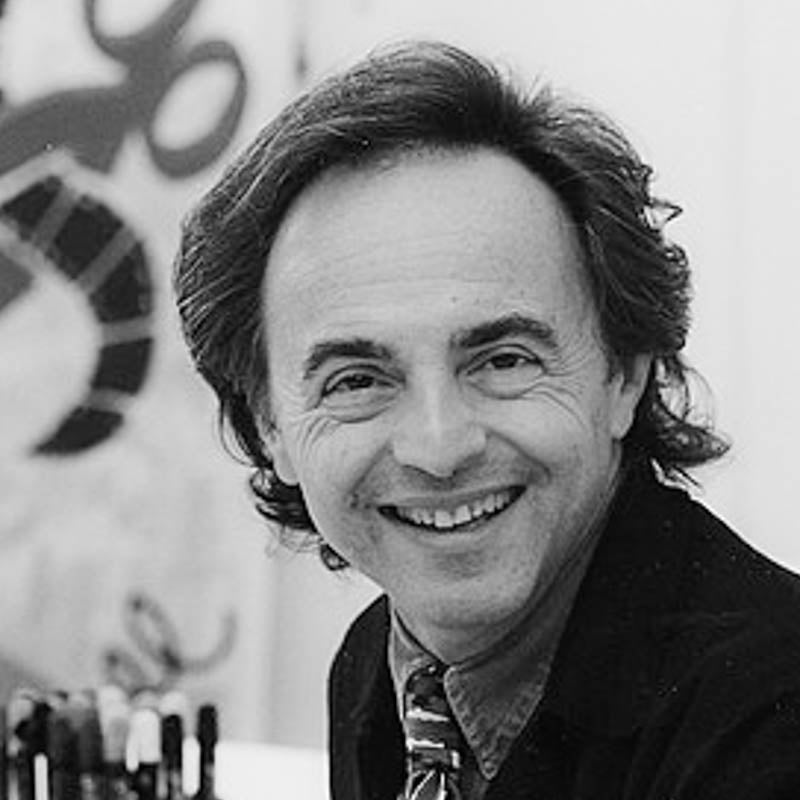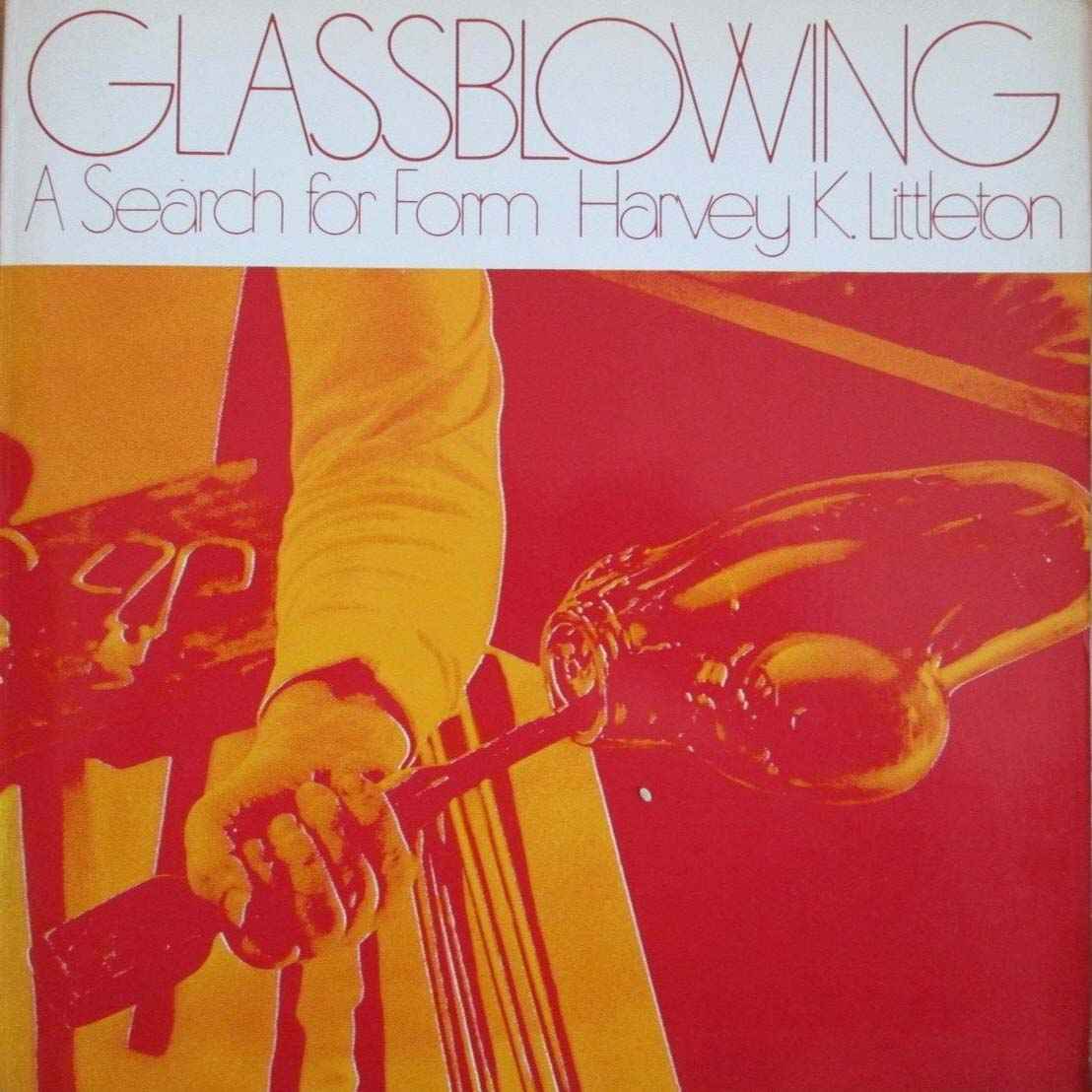By Michela Poli
It becomes heterotopia the space that opens up to the other, a place that can encompass all other places in its essence. A container becomes a journey among possibilities, a magical box that brings forth unexpected but possible attributions, art, and the recognition of it in representations.
By intervening in this interzone, it can explore and bring to light the possibilities of this uncertainty, and the dreams that can settle within it.
Speaking of Ugo Nepolo (Mosso Santa Maria, Biella, 1941), one cannot help but notice the communicative power of this artist, attributing to him the rightful merit of having his space in contemporary art literature, defeating the intentionally directed spirit, obedient to the natural impulses of his inspiration. Yes, Nespolo's traits burst forth powerfully before the eyes of those who stand before them, they stand out, and for multiple reasons.

On a historical level, one will point out the extraordinary intuitiveness with which he never follows a trend, because, once he graduated from the Albertina Academy of Fine Arts with Enrico Paulucci and obtained a degree in Modern Literature with a thesis in Semiotics, his production immediately characterized itself with a pronounced ironic and transgressive imprint, with a personal sense of amusement that will always represent a sort of trademark, following the footsteps of Fortunato Depero, who saw art under a playful concept. His beginnings, his foray into the world of art date back to the sixties, to Pop Art, to future conceptual and Arte Povera movements (exhibitions at the Il Punto gallery by Remo Pastori in Turin, and Galleria Schwarz in Milan).
Announcing features of subsequent artistic narrative and not only during this phase but also through other works, in the seventies, Nespolo appropriates a second means of expression, cinema, especially experimental and artistically oriented cinema. The actors are artist friends, from Lucio Fontana to Enrico Baj, to Michelangelo Pistoletto. This commitment bears fruit: cultural institutions such as the Centre Georges Pompidou in Paris, the Philadelphia Museum of Modern Art, the Filmoteka Polska in Warsaw, and the Galleria Civica d’Arte Moderna in Ferrara have dedicated extensive retrospectives to his films. These years represent a pivotal phase in the artist's career: he won the Bolaffi Prize (1974) and created the "Museo" (1975-'76), a ten-meter-long painting that marks the beginning of an ongoing trend of reinterpreting, deconstructing, and reinventing the art of others. This work was first exhibited in 1976 at the Progressive Museum of Contemporary Art in Livorno.
During the same time frame, he began his experimentation with techniques such as embroidery and inlay, using various materials including glass, alabaster, ebony, mother of pearl, ivory, porcelain, and silver. During this productive period, "L’albero dei cappelli" (The Hat Tree) was also born, later produced in series as a decorative element.
The subsequent years, the 1980s, mark the zenith of what we call the "American period" for Ugo Nespolo. He dedicates a portion of each year to the United States, and the bustling streets, dazzling storefronts, and ubiquitous hamburger vendors of New York City take center stage in his paintings, fueled by his unquenchable artistic passion. During this period, he also amassed considerable experience in the realm of applied art. Nespolo remains true to the principles of historical avant-gardes, striving to "bring art into life," firmly convinced that the contemporary artist must transcend the confines imposed by the late-romantic conventions of the past.
This is evidenced by the approximately fifty posters he created for various exhibitions and events (including Azzurra, Il Salone Internazionale dell’Auto di Torino, la Federazione Nazionale della Vela), the 1986 Rai calendar, stage designs for the American production (Stamford) of Busoni's Turandot, and Rai TV intros (such as "Indietro Tutta" with Renzo Arbore). In 1986, Genoa celebrated Nespolo's twenty years of artistic activity with a retrospective exhibition at Villa Croce titled "The Beautiful Restlessness."
In 1990, the City of Milan dedicated a major exhibition to him at Palazzo Reale. The same year saw prestigious artistic collaborations, including an advertising campaign for Campari, stage sets, and costumes for Paisiello's Don Chisciotte at the Teatro dell’Opera di Roma, and an exhibition of ceramics – Nespolo's newfound interest – as part of the International Biennial of Ceramics and Antiques at the Palazzo delle Esposizioni in Faenza.
In 1991, he participated in the International Ceramic Festival, Ceramic World Shigaraki, held in Japan. The following year, the Borghi & C. Gallery in New York hosted "A Fine Intolerance," a solo exhibition featuring both paintings and ceramics.
In 1994, there was a solo cinematic exhibition sponsored by the Regione Valle d’Aosta alla Tour Fromage di Aosta.
The following year, in 1995, Nespolo created set designs and costumes for Donizetti's "L'Elisir d'Amore" at the Teatro dell’Opera di Roma, the Paris Opera, Lausanne, Liege, and Metz.
Also in 1995, there was the retrospective exhibition "Casa d’Arte Nespolo" at the Palazzo della Permanente in Milan, as well as the solo exhibition "Pictura si instalatu" in Bucharest, curated by the Romanian Ministry of Culture.
In May 1996, the solo exhibition "Le Stanze dell’Arte" opened at the Promotrice delle Belle Arti in Turin, organized by the Piemonte Region. A few months later, Ugo Nespolo took on the role of artistic director at Richard-Ginori.
In 1997, in April, the Museum of Fine Arts in La Valletta, Malta, dedicated a solo exhibition to him. There was also a traveling exhibition in Latin America, starting in Buenos Aires (Museo Nacional de Bellas Artes) and continuing to Cordoba (Centro de Arte Contemporaneo de Cordoba, Chateau Carreras), Mendoza (Museo Municipal de Arte Moderno de Mendoza), and Montevideo (Museo Nacional de Artes Visuales).
Perfectly in line with the passage of time, Ugo Nespolo's artistic journey has evolved. In the early months of 2001, he returned to cinema with "FILM/A/TO," featuring Edoardo Sanguineti and produced by the National Museum of Cinema in Turin for the retrospective "Turin, berceau du cinéma italien" at the Centre Pompidou in Paris. The following year, he was appointed as a consultant and coordinator for artistic communications in the developing Turin Metro stations.
The year 2003 was also noteworthy, as among his many artistic endeavors, the inauguration of the new Alitalia office in New York featured his works prominently.
Ugo Nespolo's artistic journey doesn't end here. One can simply observe his social media page, where his works are categorized by type, including poor art, applied art, Flexus, ceramics, sculptures, and glassworks, all reflecting his creative genius tied to a natural instinct that is an integral part of his life.
Ugo Nespolo's extraordinary creative ability and his appetite for experimentation led him to establish a highly distinctive artistic signature in the expressive power of color and the deconstruction and reconstruction of reality through the technique of "puzzles." Nespolo's works consist of imaginative, zigzagging compositions made up of a series of vibrantly colored, shaped wooden pieces. These pieces, like intense and glossy monochromatic tiles, are intricately assembled in various ways to form figures and environments with irregular contours. This results in a complex and highly intellectual interplay of references, associations, and connections to reality. In his creations, there's a notable ongoing dialogue between material, art, and design.

Nespolo, along with his colleague and friend Mario Schifano, founded the Cinema degli Artisti, inspired by the New American Cinema movement. From that "spaghetti factory," they produced genuine works of art in 8mm format, including titles like "Grazie Mamma Kodak," "La galante avventura del cavaliere dal lieto volto," and "Buongiorno Michelangelo."
Author: Michela Poli
Official Website: Ugo Nespolo
Credits to: [Information source or contributors, if applicable]




コメントを書く
全てのコメントは、掲載前にモデレートされます
このサイトはhCaptchaによって保護されており、hCaptchaプライバシーポリシーおよび利用規約が適用されます。